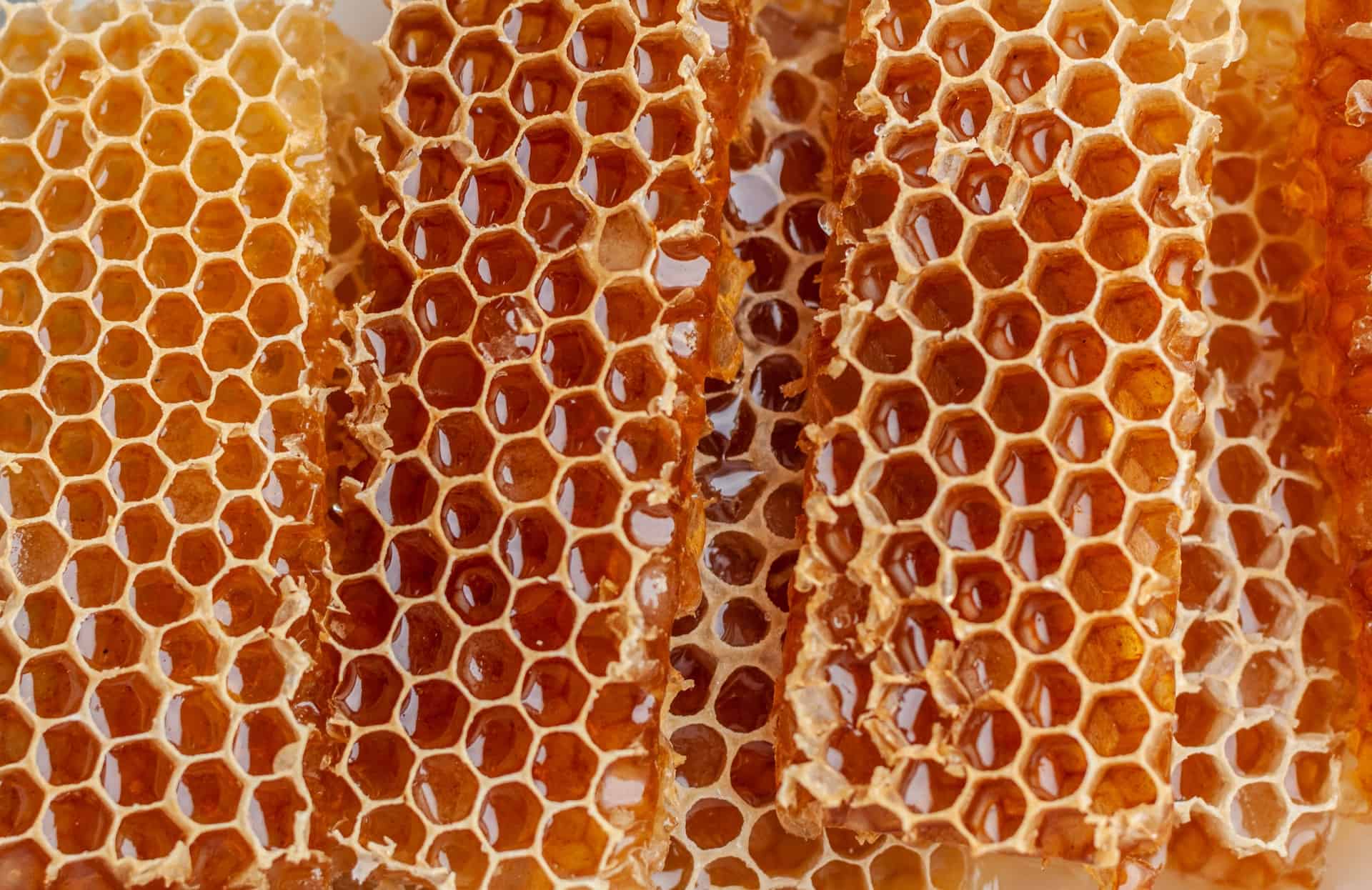

Articles
How To Store Honey Frames Until Extraction
Modified: December 7, 2023
Learn the best methods to store honey frames effectively until extraction. Discover valuable articles on honey storage techniques and maximize the quality of your harvest.
(Many of the links in this article redirect to a specific reviewed product. Your purchase of these products through affiliate links helps to generate commission for Storables.com, at no extra cost. Learn more)
Introduction
When it comes to beekeeping and honey production, proper storage of honey frames is crucial. Honey frames, also known as honey supers or honeycombs, are the rectangular frames filled with honeycomb cells that bees use to store honey. These frames are removable and can be extracted to collect the honey.
Storing honey frames correctly not only preserves the integrity and quality of the honey but also ensures that the frames are ready for extraction when the time comes. This article will guide you through the process of storing honey frames until extraction, highlighting the factors to consider, the appropriate storage location, and the steps to take to maintain optimal storage conditions.
Properly stored honey frames will prevent fermentation, crystallization, and mold growth, allowing you to enjoy the best possible quality honey. Additionally, adequate storage will also prevent damage and degradation of the frames themselves, ensuring their longevity and usability.
Whether you are a beginner beekeeper or an experienced one, understanding the importance of storing honey frames correctly and following the best practices will help you maximize the yield and quality of your honey harvest.
Key Takeaways:
- Properly storing honey frames is crucial for maintaining the quality and flavor of the honey, preventing crystallization, fermentation, and pest damage. Following best practices ensures a successful and profitable beekeeping experience.
- Creating a controlled storage environment, regular monitoring, and implementing pest prevention measures are essential for preserving the integrity and quality of stored honey frames. Attention to detail and proactive maintenance lead to a delightful honey harvest.
Read more: How To Store Honey
Importance of Properly Storing Honey Frames
Properly storing honey frames is essential for several reasons. Firstly, it helps to maintain the quality and flavor of the honey. Honey is a delicate product that can be influenced by external factors such as temperature, moisture, and exposure to light. By storing the frames correctly, you can preserve the unique taste, aroma, and texture of your honey.
Secondly, storing honey frames properly ensures that the honey remains in a liquid state. Honey naturally tends to crystallize over time, especially when exposed to low temperatures. By storing the frames in a controlled environment, you can delay the crystallization process, allowing for easier extraction when the time comes.
Thirdly, proper storage of honey frames helps to prevent fermentation. Fermentation occurs when the moisture content of honey exceeds a certain threshold, allowing yeast spores to activate and convert the sugars in the honey into alcohol. Fermented honey is unpleasant in taste and smell, and it is no longer suitable for consumption or extraction.
Furthermore, storing honey frames correctly protects them from potential damage and degradation. Improper storage can lead to frame warping, mold growth, or infestation by pests such as wax moths or small hive beetles. By taking the necessary precautions, you can extend the lifespan of your honey frames and ensure their usability for future harvests.
By understanding the importance of proper storage, you can maintain the integrity of your honey and honey frames, resulting in a more enjoyable and profitable beekeeping experience.
Factors to Consider when Storing Honey Frames
When storing honey frames, there are several important factors to consider to ensure optimal conditions and preserve the quality of the honey. Here are some key factors to keep in mind:
Temperature: Honey frames should be stored in a cool and stable temperature environment. Ideally, the temperature should be between 50°F and 70°F (10°C and 21°C). Avoid extreme temperature fluctuations as they can cause the honey to expand and contract, potentially damaging both the frames and the honey.
Humidity: Moisture control is crucial when storing honey frames. Excessive humidity can lead to honey fermentation and mold growth. Aim for a humidity level of around 50-70%. The storage location should be dry and well-ventilated to prevent the buildup of moisture.
Light: Honey frames should be stored in a dark or dimly lit area. Exposure to light can alter the taste and color of the honey, as well as accelerate the crystallization process. Consider using opaque containers or covering the frames with dark cloth or plastic wrap to protect them from light.
Airflow: Proper airflow is important in preventing moisture buildup and reducing the risk of mold growth. Ensure that the storage location has adequate ventilation to promote air circulation. However, avoid excessive airflow that could dry out the honey or cause rapid crystallization.
Space: Allow sufficient space between honey frames to prevent them from touching each other. This helps to prevent the spread of diseases or mold from one frame to another. Additionally, providing enough space allows for easy inspection and monitoring of the frames.
Cleanliness: Before storing honey frames, make sure they are clean and free from debris, wax remnants, or dead bees. Cleaning the frames ensures that they are ready for future use and reduces the risk of contamination or pest infestation.
Durability: Choose durable and high-quality materials for storing honey frames. This includes using sturdy containers, shelves, or racks that can withstand the weight of the frames. Avoid storing frames on the ground, as this can make them susceptible to moisture and pest damage.
By considering these factors and taking the necessary precautions, you can create an optimal storage environment for your honey frames, ensuring the preservation of honey quality and the longevity of the frames themselves.
Selecting an Appropriate Storage Location
Choosing the right storage location for your honey frames is crucial in maintaining their quality and condition. Here are some considerations to keep in mind when selecting an appropriate storage space:
Dark and Cool: Look for a storage location that is dark and cool. Direct sunlight can affect the flavor and color of the honey, so it’s best to avoid areas with excessive light exposure. Additionally, a cool environment helps to slow down the crystallization process, keeping the honey in a liquid state for longer.
Stable Temperature: Aim for a storage area with a stable temperature. Fluctuations in temperature can cause the honey to expand and contract, potentially leading to leaks or damage to the frames. The ideal temperature range for storing honey frames is between 50°F and 70°F (10°C and 21°C).
Low Humidity: Moisture control is vital in preventing honey fermentation and mold growth. Choose a storage location with low humidity levels, ideally between 50-70%. Avoid damp areas or places with poor ventilation to minimize moisture accumulation.
Secure and Pest-Proof: Ensure that the storage location is secure and pest-proof. Honey attracts pests such as wax moths and small hive beetles, which can cause significant damage to the frames. Check for any cracks, gaps, or openings that could allow pests to enter the storage area, and consider using pest deterrents such as mothballs or essential oils.
Well-Ventilated: Good air circulation is important for preventing the buildup of moisture and controlling humidity levels. Choose a storage space that is well-ventilated to promote proper airflow around the honey frames.
Cleanliness: Prioritize cleanliness when selecting a storage location. Make sure the area is clean, free from dust, and easy to maintain. Regularly remove any debris or dead bees that may accumulate to prevent the risk of contamination.
Accessibility: Consider the accessibility of the storage location. You should be able to easily access the honey frames for inspection, monitoring, and future extraction. Avoid areas that are hard to reach or require excessive effort to retrieve the frames.
By carefully selecting an appropriate storage location, you can ensure that your honey frames are stored in an environment that promotes optimal conditions and safeguards the quality of your honey.
Preparing Honey Frames for Storage
Properly preparing honey frames for storage is a crucial step in ensuring their longevity and maintaining the quality of the honey. Here are some essential steps to follow when preparing your honey frames:
Remove Bees: Before storing the honey frames, ensure that they are free of bees. Use a bee brush or a blower to gently remove any bees from the frames. It’s important to handle the frames with care to avoid injuring the bees or damaging the comb.
Uncap the Frames: If the honey frames have been capped with beeswax, you need to uncap them before storage. Uncapping can be done using a hot knife or uncapping fork. This process allows the honey to be easily extracted in the future.
Check for Moisture: Inspect the honey frames for any signs of excess moisture. Honey with high moisture content is prone to fermentation and can negatively affect the quality of the honey. Ensure that the frames are adequately cured and have a moisture content below 20% before storage.
Clean the Frames: Before storage, clean the frames to remove any debris, wax remnants, or dead bees. You can use a soft brush or compressed air to gently clean the frames. Keeping the frames clean helps prevent contamination and maintains the quality of both the frames and the honey.
Inspect for Disease or Pest Infestation: Thoroughly inspect the frames for any signs of disease or pest infestation. Look for indicators such as wax moth larvae, small hive beetles, or signs of foulbrood disease. If you notice any issues, take appropriate measures to address the problem before storing the frames.
Use Proper Packaging: Consider using appropriate packaging materials to protect the honey frames during storage. Plastic bags or food-grade containers can be used to safeguard the frames from pests, moisture, and dust. Make sure the packaging is airtight to maintain the integrity of the honey and prevent any contamination.
Label and Date: It’s a good practice to label each honey frame with the date of storage. This helps you keep track of the age of the frames and ensures that you extract the honey in the correct order, based on storage duration.
Organize and Stabilize: Arrange the honey frames in a stable and organized manner. Avoid stacking them too high or placing excessive weight on top, as this can cause the frames to become misshapen or damaged. Keep them in an upright position and ensure they are secure to prevent potential accidents.
Provide Adequate Space: Allow sufficient space between the honey frames to prevent them from touching each other. This helps to maintain airflow and reduces the risk of cross-contamination or mold growth.
By following these steps, you can ensure that your honey frames are properly prepared for storage, maintaining their quality and setting the stage for a successful honey extraction in the future.
Store honey frames in a cool, dry place to prevent fermentation or crystallization. Keep them away from direct sunlight and pests. A temperature of 50-70°F is ideal.
Read more: How To Store Vanilla Extract
Storing Honey Frames in a Controlled Environment
When it comes to storing honey frames, creating a controlled environment is key to maintaining the quality and integrity of both the frames and the honey. Here are some important considerations for storing your honey frames in a controlled environment:
Temperature Control: Honey frames should be stored in a stable temperature environment. The ideal temperature range for storage is between 50°F and 70°F (10°C and 21°C). Fluctuations in temperature can affect the consistency and quality of the honey. Consider using a temperature-controlled room or a dedicated honey storage cabinet to maintain a consistent temperature.
Humidity Regulations: Proper humidity control is crucial when storing honey frames. Aim for a humidity level between 50-70% to prevent mold growth and maintain the quality of the honey. Use a dehumidifier or moisture-absorbing products to keep the humidity in check if necessary. Avoid storing frames in areas with high humidity levels, such as basements or damp locations.
Light Protection: Protect honey frames from exposure to direct sunlight or excessive light, as it can alter the flavor and color of the honey. Choose a storage location that is dimly lit or opt for opaque containers or covers to shield the frames from light exposure. This helps preserve the natural characteristics of the honey.
Ventilation: Proper airflow is essential to prevent moisture buildup and maintain optimal storage conditions. Ensure that the storage area is well-ventilated to promote air circulation. However, be cautious not to introduce excessive airflow that could cause the honey to dry out too quickly or increase the rate of crystallization.
Secure Storage: Store honey frames in a secure location to protect them from pests and potential damage. Use tight-sealing containers or covers to prevent pests such as wax moths, small hive beetles, or ants from accessing the frames. Regularly inspect the storage area for any signs of pests and take necessary actions to prevent infestations.
Organized Arrangement: Arrange the honey frames in an organized manner to maximize space utilization and ease of access. Keep them in an upright position to prevent the honey from seeping out. Use dividers or racks to separate the frames and prevent them from touching each other, reducing the risk of cross-contamination or damage during storage.
Regular Maintenance: Regularly monitor and maintain the storage environment. Check the temperature, humidity levels, and cleanliness of the storage area. Inspect the frames for any signs of mold, pest activity, or leakage. Promptly address any issues to ensure the honey frames remain in optimal condition.
By storing honey frames in a controlled environment that prioritizes temperature, humidity, light protection, ventilation, security, and organization, you can preserve the quality and shelf life of both the honey and the frames, ensuring a successful harvest when the time comes.
Tips for Maintaining Optimal Storage Conditions
Maintaining optimal storage conditions for your honey frames is essential for preserving the quality and integrity of both the frames and the honey. Here are some valuable tips to help you maintain optimal storage conditions:
Regular Monitoring: Regularly monitor the storage environment to ensure that temperature and humidity levels are within the desired range. Use a thermometer and a hygrometer to keep track of these parameters. Make adjustments as needed to maintain optimal conditions.
Temperature Regulation: If necessary, use a temperature-controlled room, a dedicated honey storage cabinet, or a wine cooler to regulate the temperature. This helps to prevent fluctuations that can impact the consistency and quality of the honey.
Moisture Control: Use a dehumidifier or moisture-absorbing products, such as silica gel packs, to control humidity levels and prevent excessive moisture buildup. Ensure that the storage area is properly sealed to minimize moisture infiltration.
Light Protection: Shield honey frames from direct sunlight or excessive light exposure. Use opaque containers or cover the frames with dark cloth or plastic wrap to protect them from light, which can impact the flavor, color, and quality of the honey.
Cleanliness Maintenance: Keep the storage area clean and free from debris, dust, and dead bees. Regularly inspect and clean the containers, racks, or shelves used for storing honey frames. This prevents the risk of contamination and helps maintain the overall hygiene of the storage environment.
Proper Ventilation: Ensure that the storage area is well-ventilated, allowing for proper air circulation. Check vents, windows, or any openings to ensure that adequate airflow is maintained. Avoid excessive ventilation that could accelerate the drying out of the honey.
Organized Storage: Arrange the honey frames in an organized manner, allowing for easy access and inspection. Use dividers, racks, or labeled containers to keep the frames separated and prevent them from touching each other. This reduces the risk of cross-contamination and damage.
Rotation: Implement a rotation system to ensure that the oldest honey frames are used first. Label the frames with storage dates and utilize a “first in, first out” approach during honey extraction to ensure that the honey is consumed or sold in a timely manner.
Regular Inspection: Regularly inspect the stored honey frames for signs of mold, pest infestation, or leakage. Check for any damaged frames and address the issues promptly to prevent further damage or contamination.
Proper Sealing: Ensure that all containers or covers used for storing honey frames are tightly sealed to prevent pest infiltration and maintain the integrity of the honey. Regularly check for any gaps or cracks in the containers and repair or replace them as needed.
By following these tips, you can maintain optimal storage conditions for your honey frames, ensuring the longevity, quality, and usability of both the frames and the honey. Consistency and attention to detail will result in a successful beekeeping venture and a delightful honey harvest.
Regular Monitoring and Inspection
Regular monitoring and inspection of your stored honey frames are essential to ensure that they remain in optimal condition and that any potential issues are addressed promptly. Here are some key aspects to consider when conducting regular monitoring and inspection:
Temperature and Humidity: Regularly check the temperature and humidity levels in the storage area. Use a thermometer and hygrometer to ensure that they remain within the desired range. Adjust any temperature or humidity control systems as necessary to maintain optimal conditions.
Visual Inspection: Conduct visual inspections of the honey frames on a regular basis. Look for any signs of mold growth, pests, or leaking honey. Examine the frames for damage, such as cracks or warping, that could affect their integrity or the quality of the honey.
Frame Rotation: Keep track of the storage dates on the honey frames and implement a rotation system. This ensures that the oldest frames are used first during honey extraction. Regularly check the labels and arrange the frames accordingly to maintain a proper rotation sequence.
Capping Integrity: Observe the condition and integrity of the cappings on the frames. Damaged or compromised cappings can allow moisture or pests to enter the honeycomb cells, potentially affecting the quality of the stored honey. Repair or replace damaged cappings as needed.
Honey Quality: Assess the quality of the stored honey through visual inspection and occasional taste testing. Look for any changes in color, texture, or taste that may indicate deterioration or spoilage. If any honey frames show signs of spoilage, remove them from storage immediately.
Pest Control: Regularly inspect the storage area for any signs of pests, such as wax moths, small hive beetles, or ants. Check for insect larvae, webbing, or small holes in the frames. Promptly take action to address any pest infestations, using appropriate pest control methods to protect the frames and honey.
Cleanliness: Ensure that the storage area remains clean and free from debris and dead bees. Regularly sweep or vacuum the area to remove any particles that may attract pests or contaminate the frames. Clean the containers or shelves used for storage periodically to maintain a hygienic environment.
Maintain Documentation: Keep a record of your monitoring and inspection activities. Document any observations, actions taken, or changes noticed during the inspections. This serves as a reference and helps you track the condition and history of the stored honey frames over time.
Be Proactive: Prevention is key when it comes to maintaining the quality of your stored honey frames. Take proactive measures to address any issues or concerns that arise during your monitoring and inspection. Prompt action can prevent further damage or contamination.
By conducting regular monitoring and inspection of your stored honey frames, you can identify and resolve any potential problems early on, ensuring that the frames remain in optimal condition and the honey retains its quality until it’s time for extraction.
Precautions to Prevent Pests and Contamination
Preventing pests and contamination is crucial to maintaining the quality and integrity of your stored honey frames. Here are some important precautions to take to prevent pests and contamination:
Storage Location: Choose a secure storage location that is inaccessible to pests. Make sure the area is well-sealed, with no gaps or openings that pests can exploit to enter the storage space. Consider using pest-proof containers or covers that prevent pests from accessing the honey frames.
Regular Cleaning: Keep the storage area clean and free from debris, dead bees, and honey spills. Regularly sweep or vacuum the area to remove any food sources that may attract pests. Clean the containers or shelves used for storage to maintain a hygienic environment.
Pest Deterrents: Utilize pest deterrents to discourage pests from infesting the honey frames. Mothballs, essential oils, or natural repellents can be effective in deterring wax moths, small hive beetles, and other pests. Place these deterrents strategically in the storage area to create an inhospitable environment for pests.
Inspect Incoming Frames: Before storing honey frames, inspect them thoroughly for any signs of pests or diseases. Check for wax moth larvae, debris, or webbing that may indicate infestation. If you detect any issues, take appropriate measures to address them before introducing the frames into storage.
Proper Frame Sealing: Ensure that the frames are properly sealed to prevent both pests and contamination. Use tight-fitting lids or covers on containers to prevent pests from accessing the frames. Additionally, avoid storing frames on the ground, as this can make them more vulnerable to pests and infestation.
Good Hygiene Practices: Follow good hygiene practices when handling honey frames. Wash your hands thoroughly before touching the frames to prevent the transfer of contaminants. Use clean gloves or tools when inspecting or moving the frames to minimize the risk of introducing contaminants.
Regular Inspections: Conduct regular inspections of the stored honey frames to check for any signs of pest activity. Look for webbing, larvae, or insect droppings as indicators of infestation. Promptly address any pest issues to prevent damage to the frames and contamination of the honey.
Proper Honey Extraction: Take precautions during honey extraction to avoid introducing contaminants. Use clean and sanitized equipment throughout the extraction process. Store extracted honey in clean, food-grade containers to maintain its quality and prevent contamination.
Record Keeping: Keep detailed records of your storage and inspection practices. Note any pest sightings, pest control measures taken, and any contingencies for future reference. This documentation helps track the history of the honey frames and aids in troubleshooting or prevention in case of future issues.
By implementing these precautions, you can minimize the risk of pests and contamination in your stored honey frames. This ensures that your honey retains its quality and remains free from any potential contaminants until it is consumed or sold.
Read more: How To Store Creamed Honey
Conclusion
Properly storing honey frames until extraction is crucial for maintaining the quality and integrity of both the frames and the honey. By following the guidelines and best practices outlined in this article, you can ensure that your honey frames are stored in optimal conditions, preserving the flavor, texture, and appearance of the honey.
Remember to consider factors such as temperature, humidity, light, and airflow when selecting a suitable storage location for your honey frames. Creating a controlled environment helps to prevent fermentation, crystallization, and mold growth, ensuring that the honey remains in a liquid state and is of the highest quality when extracted.
Taking the time to properly prepare your honey frames for storage, removing bees, uncapping if necessary, and ensuring they are clean and free from moisture, sets the foundation for successful storage. Utilize appropriate packaging materials, label and date the frames, and arrange them in an organized and secure manner to maximize their longevity and usability.
Regular monitoring and inspection of the stored honey frames are essential. Be vigilant in maintaining optimal storage conditions by keeping an eye on temperature, humidity, and cleanliness. Regularly inspect the frames for any signs of pests, mold, or leakage. By being proactive in your monitoring, you can address any issues promptly, preventing further damage or contamination.
Implementing precautions to prevent pests and contamination is key to safeguarding the quality of the honey frames. Maintain a clean storage area, use pest deterrents, and practice good hygiene when handling the frames. Regularly inspect incoming frames and ensure proper sealing to keep pests and contaminants at bay.
In conclusion, proper storage of honey frames is essential for beekeepers to preserve the quality of their honey harvests. By understanding the importance of storing honey frames correctly and following the best practices outlined in this article, you can ensure that your honey frames are stored in optimal conditions and that your honey remains delicious, nutritious, and marketable.
Frequently Asked Questions about How To Store Honey Frames Until Extraction
Was this page helpful?
At Storables.com, we guarantee accurate and reliable information. Our content, validated by Expert Board Contributors, is crafted following stringent Editorial Policies. We're committed to providing you with well-researched, expert-backed insights for all your informational needs.
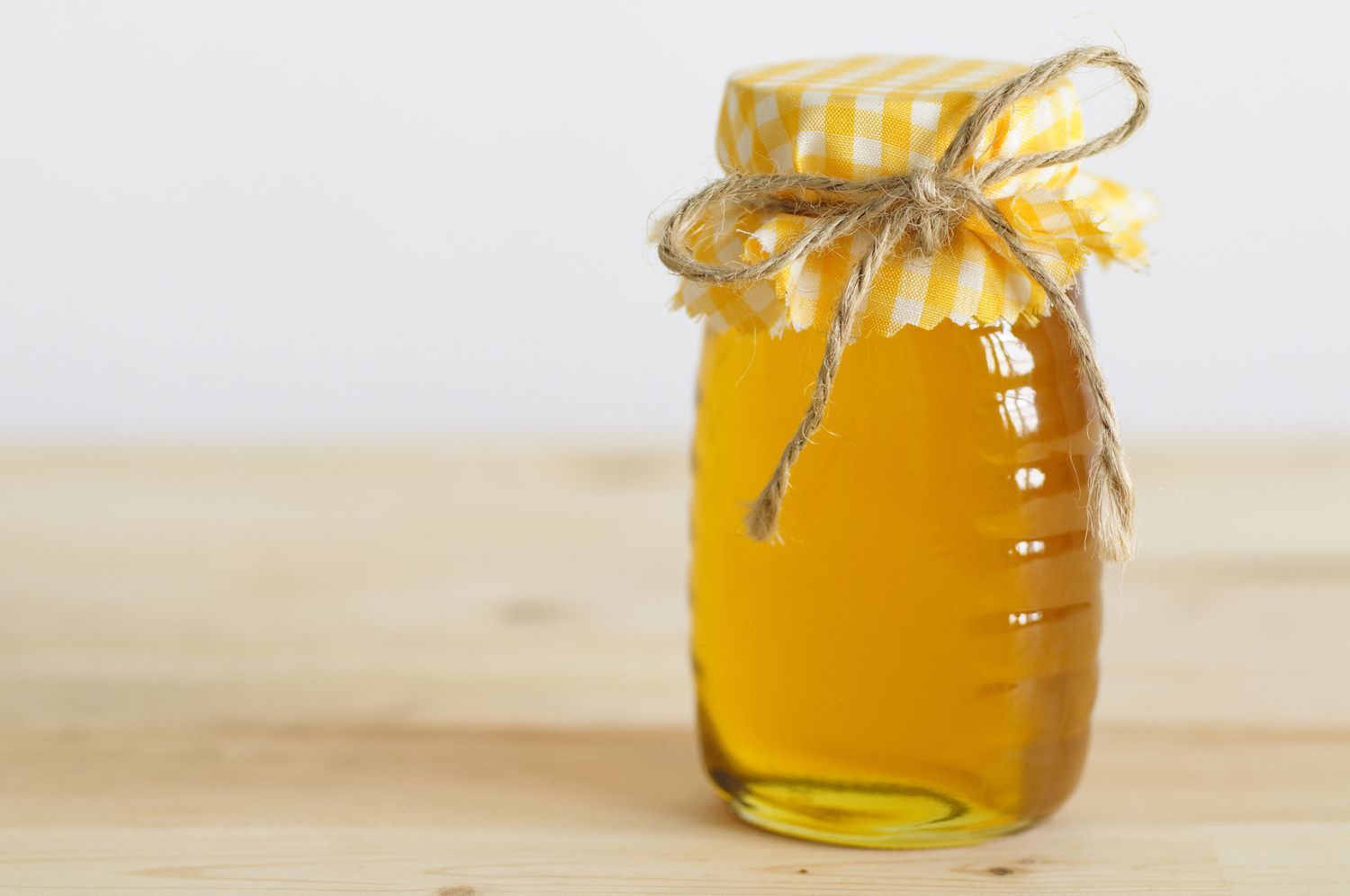
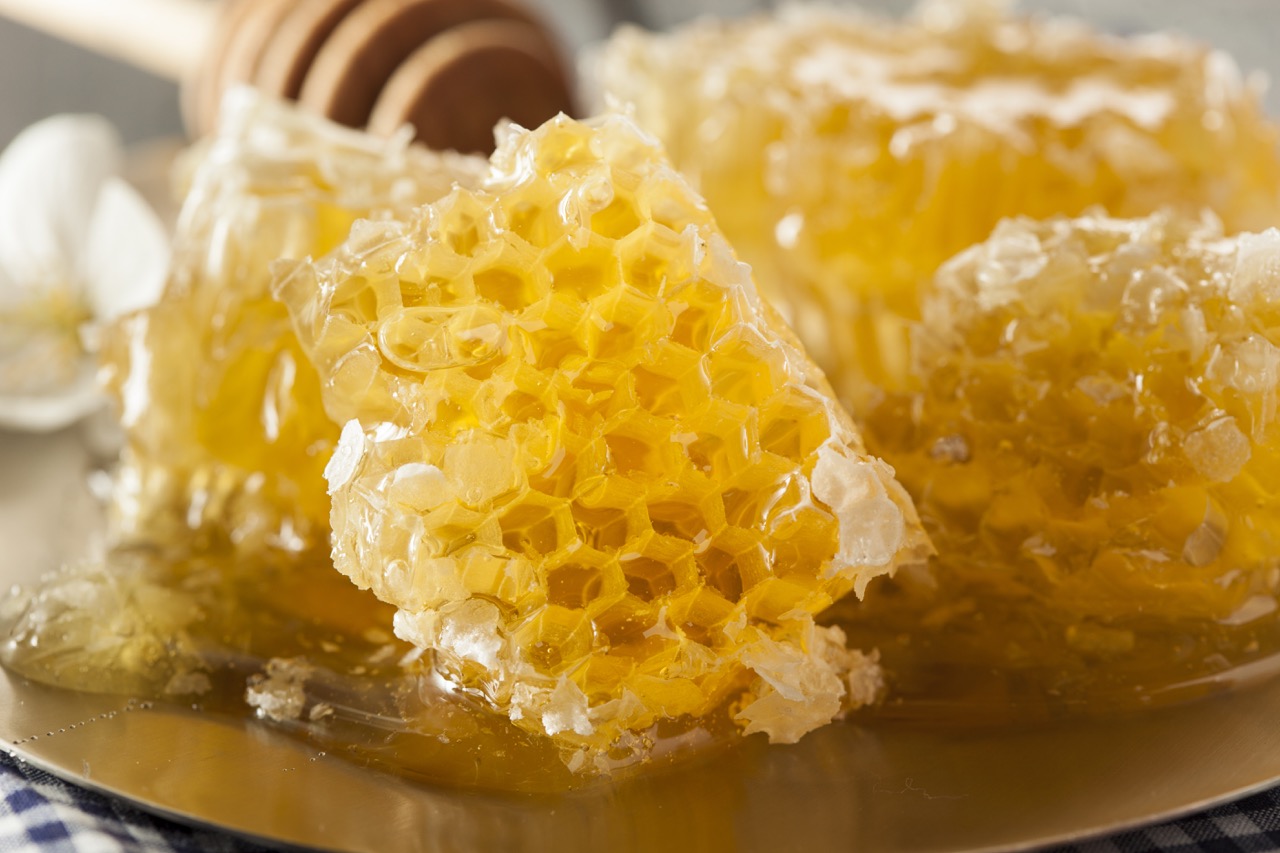
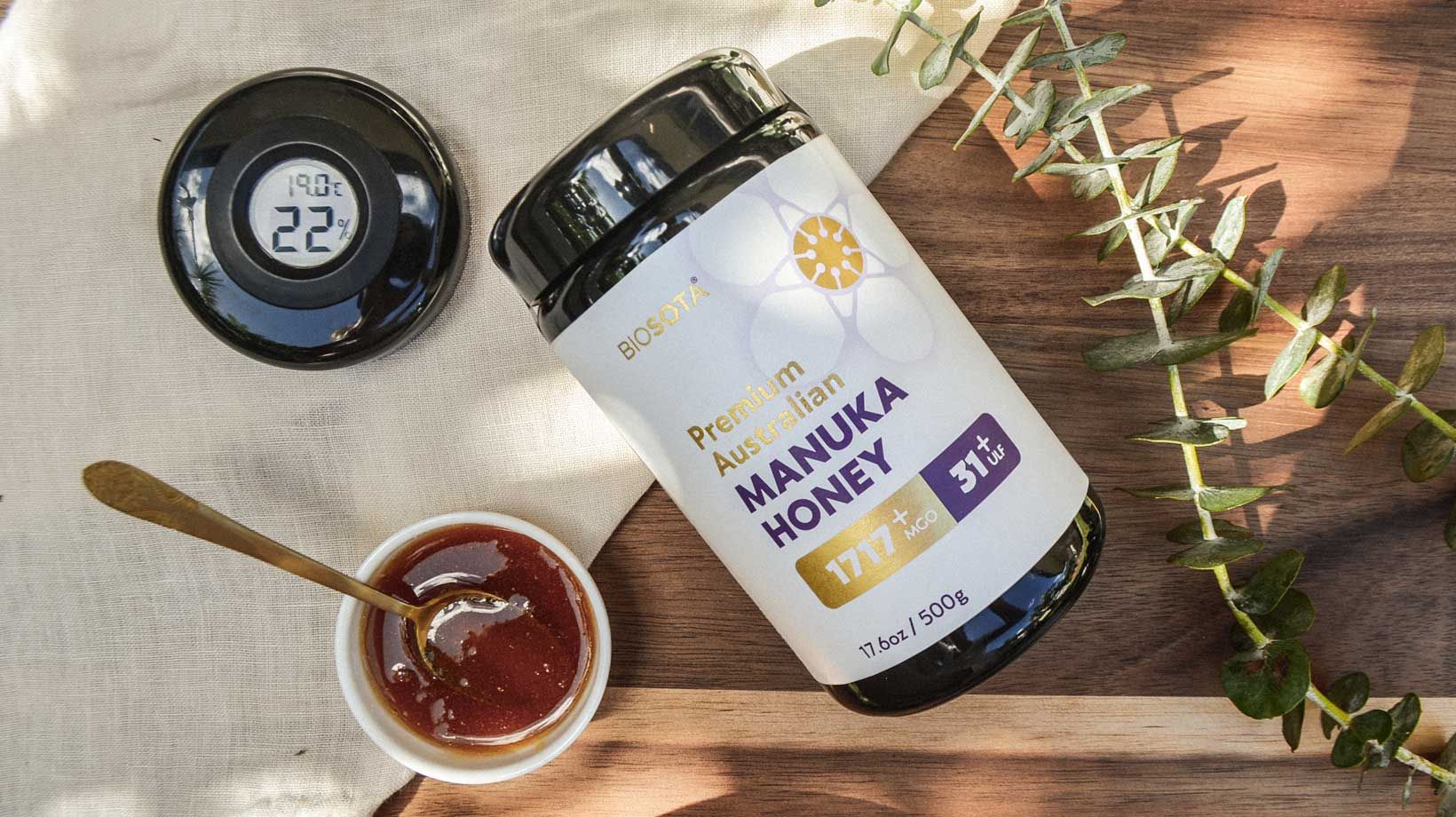
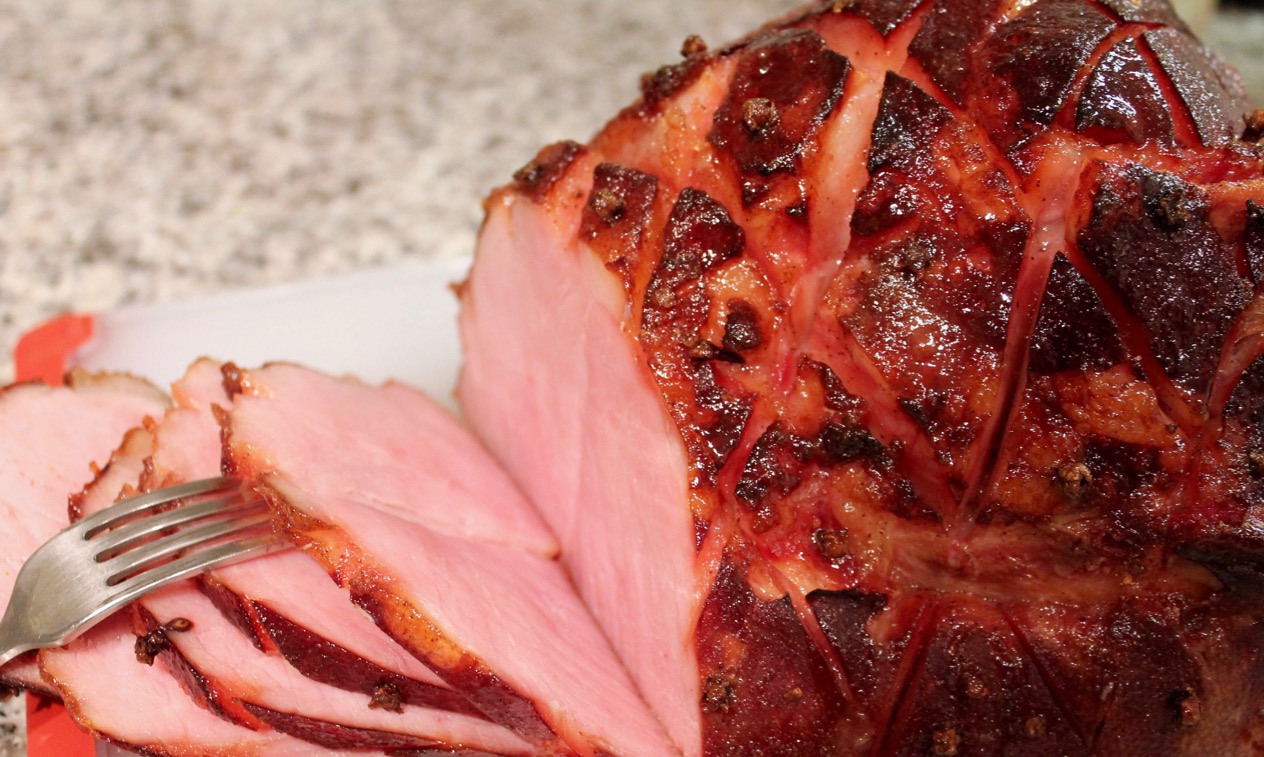
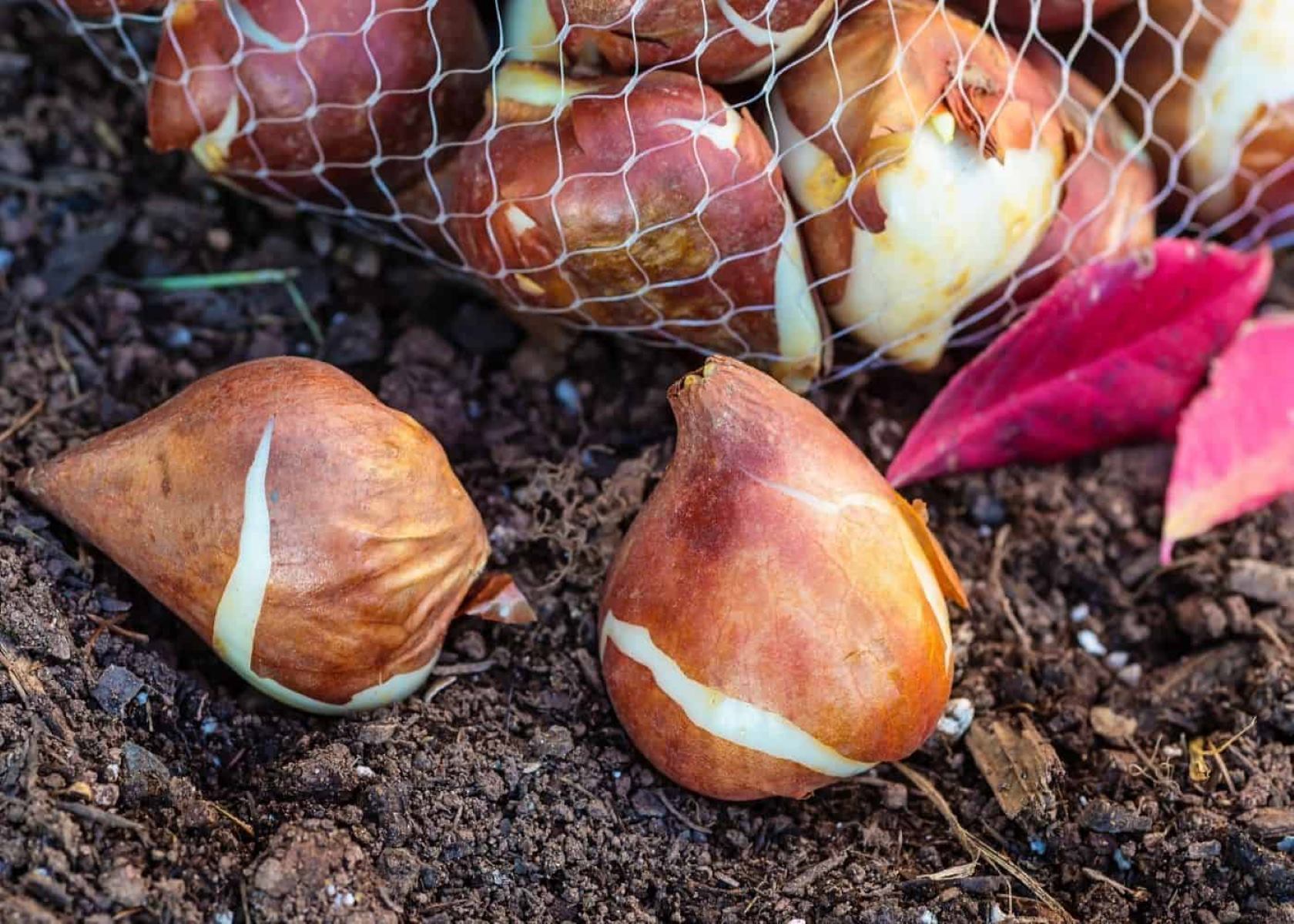
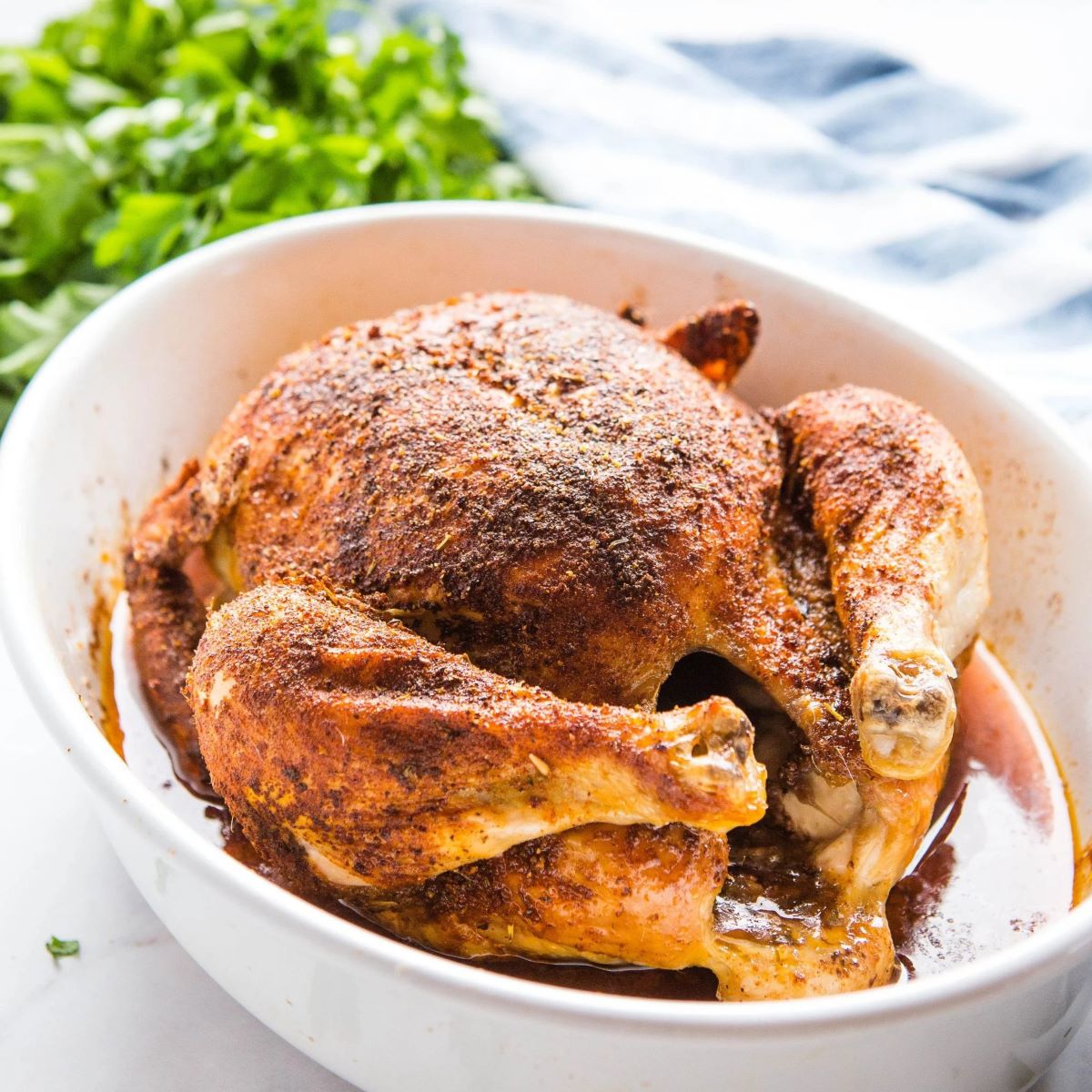
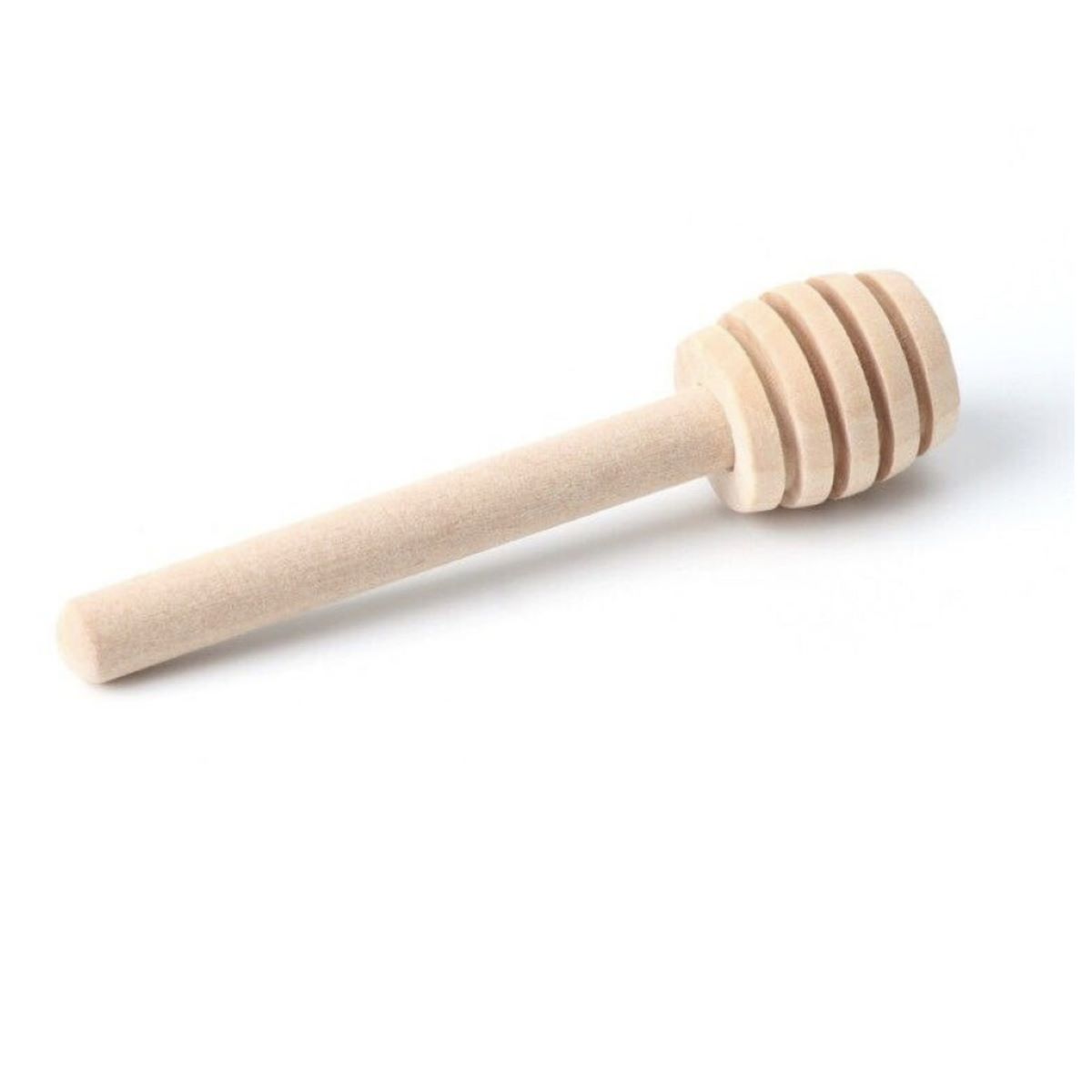
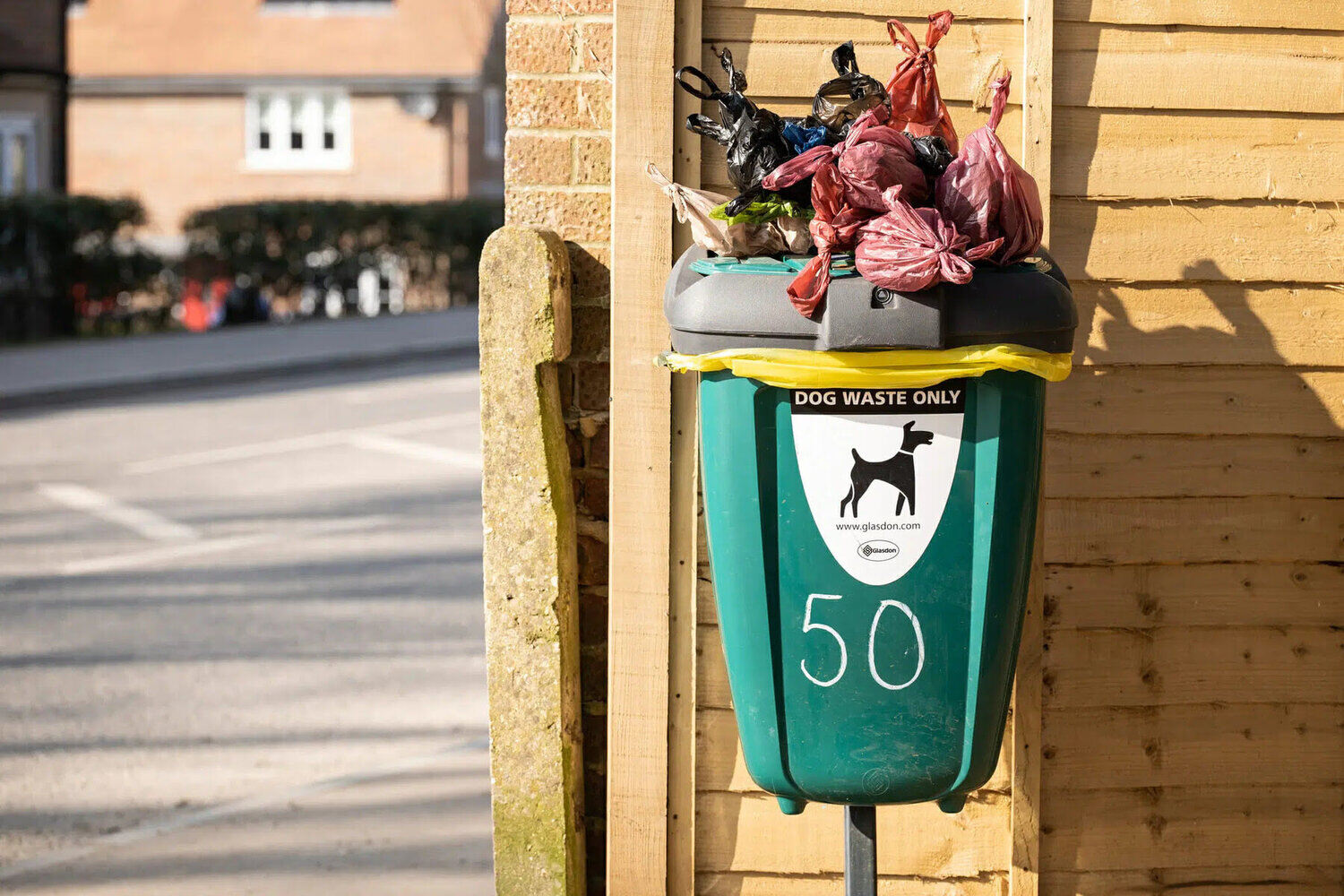
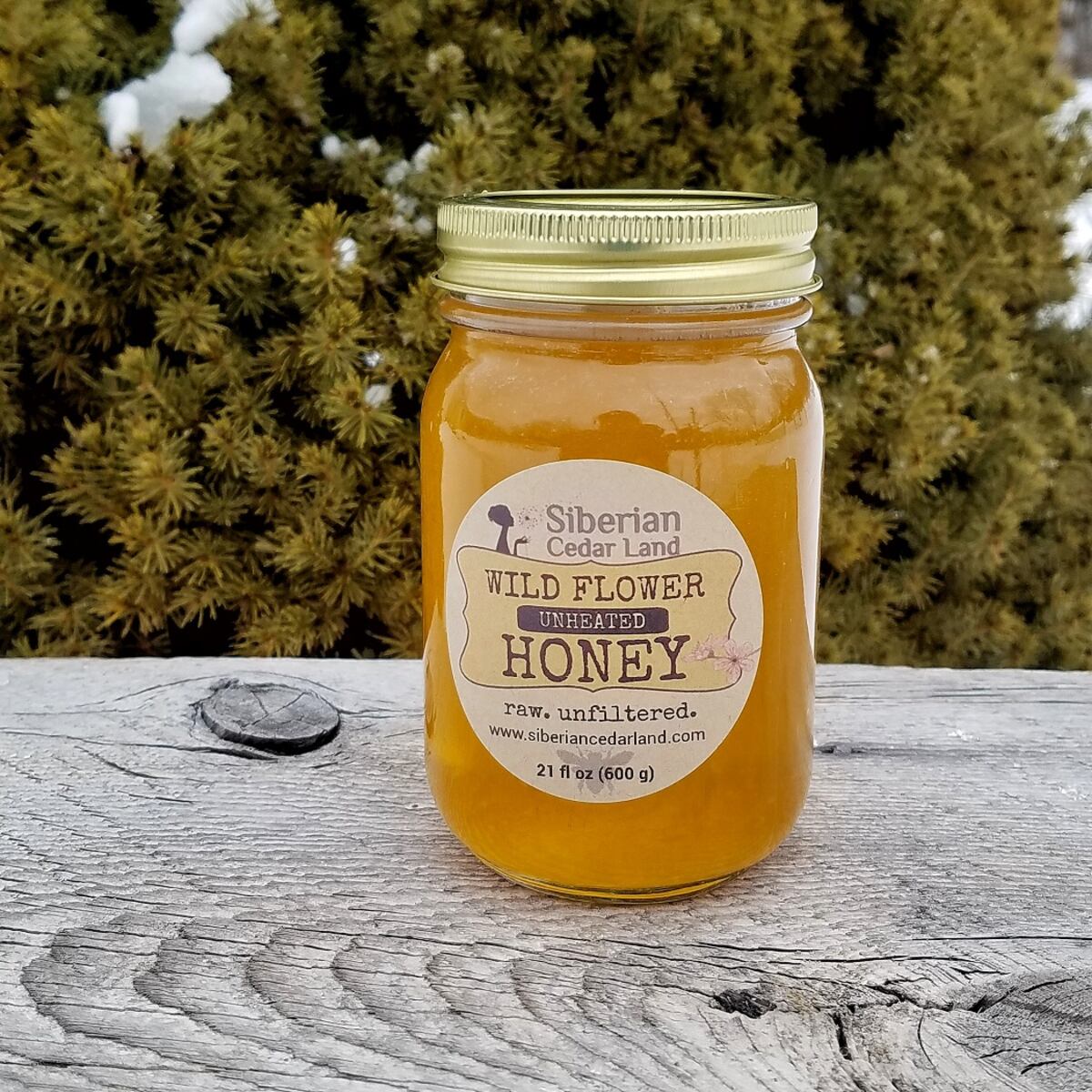
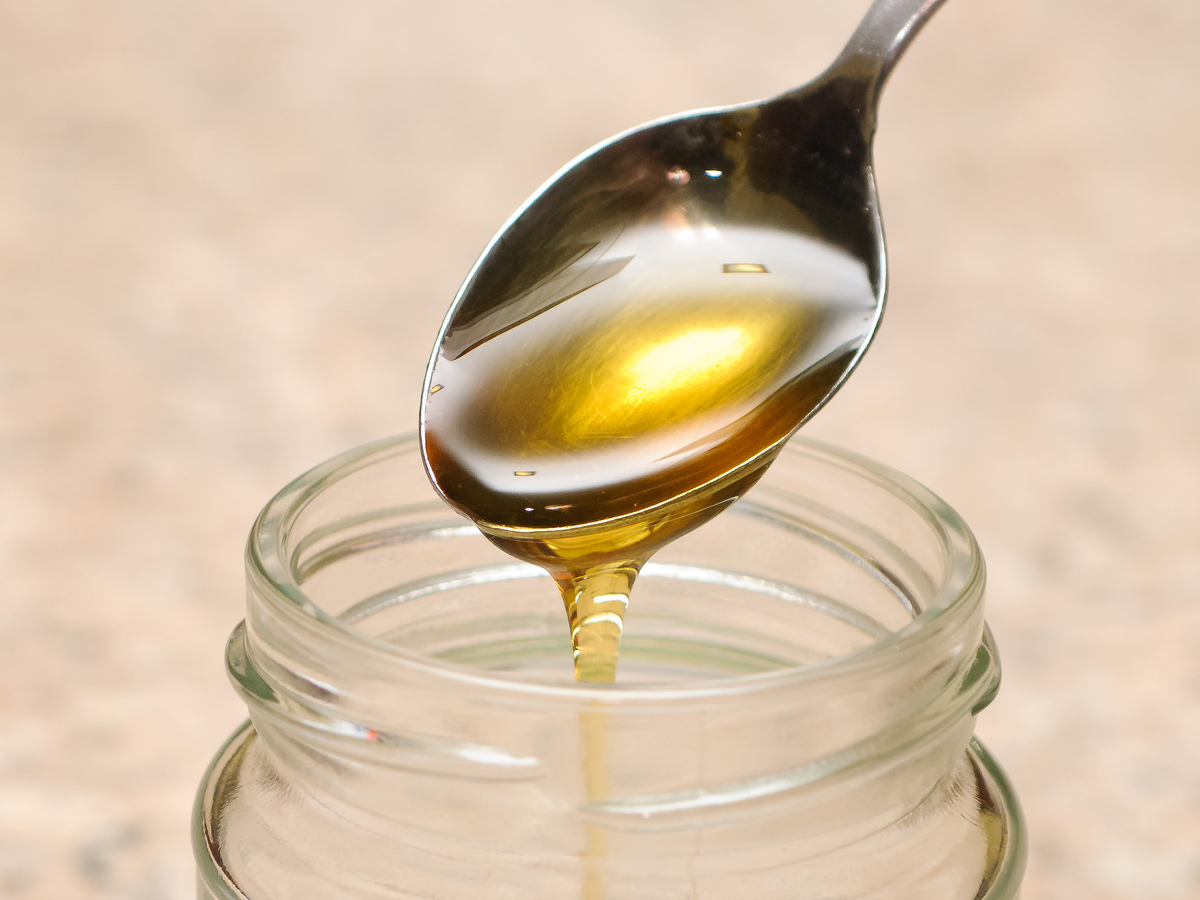
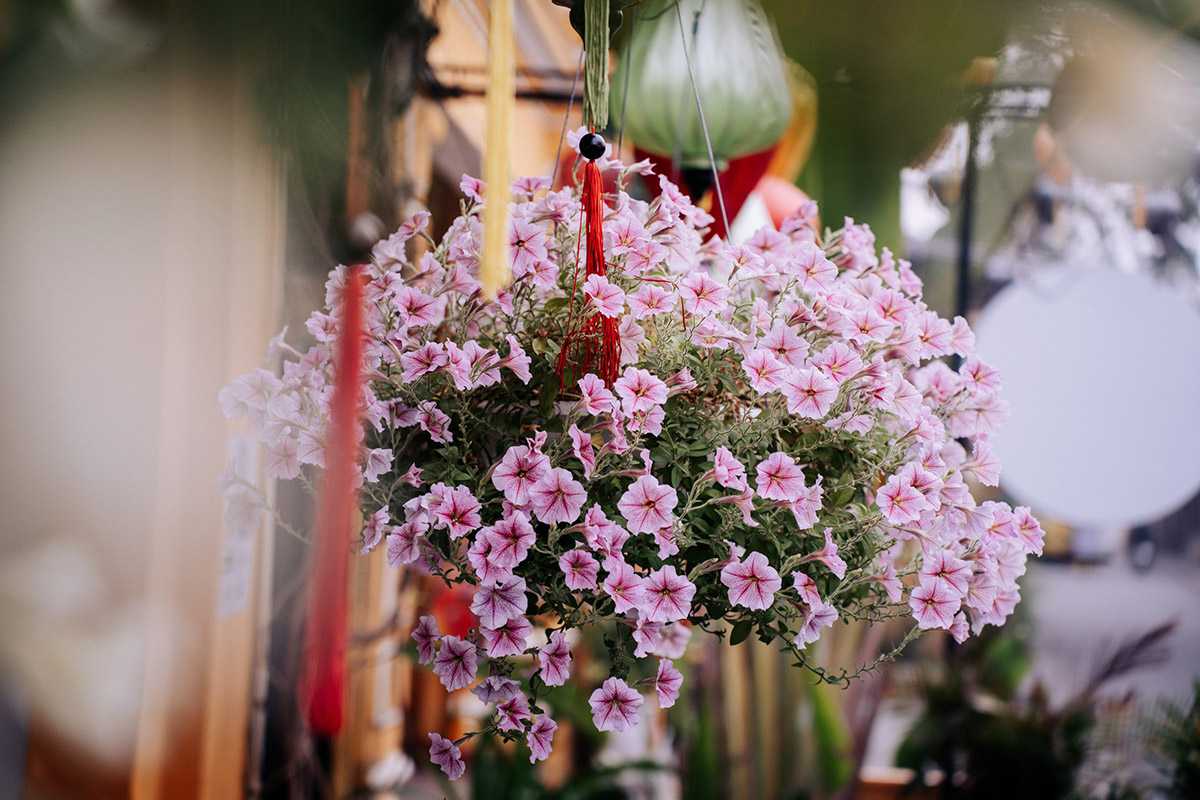
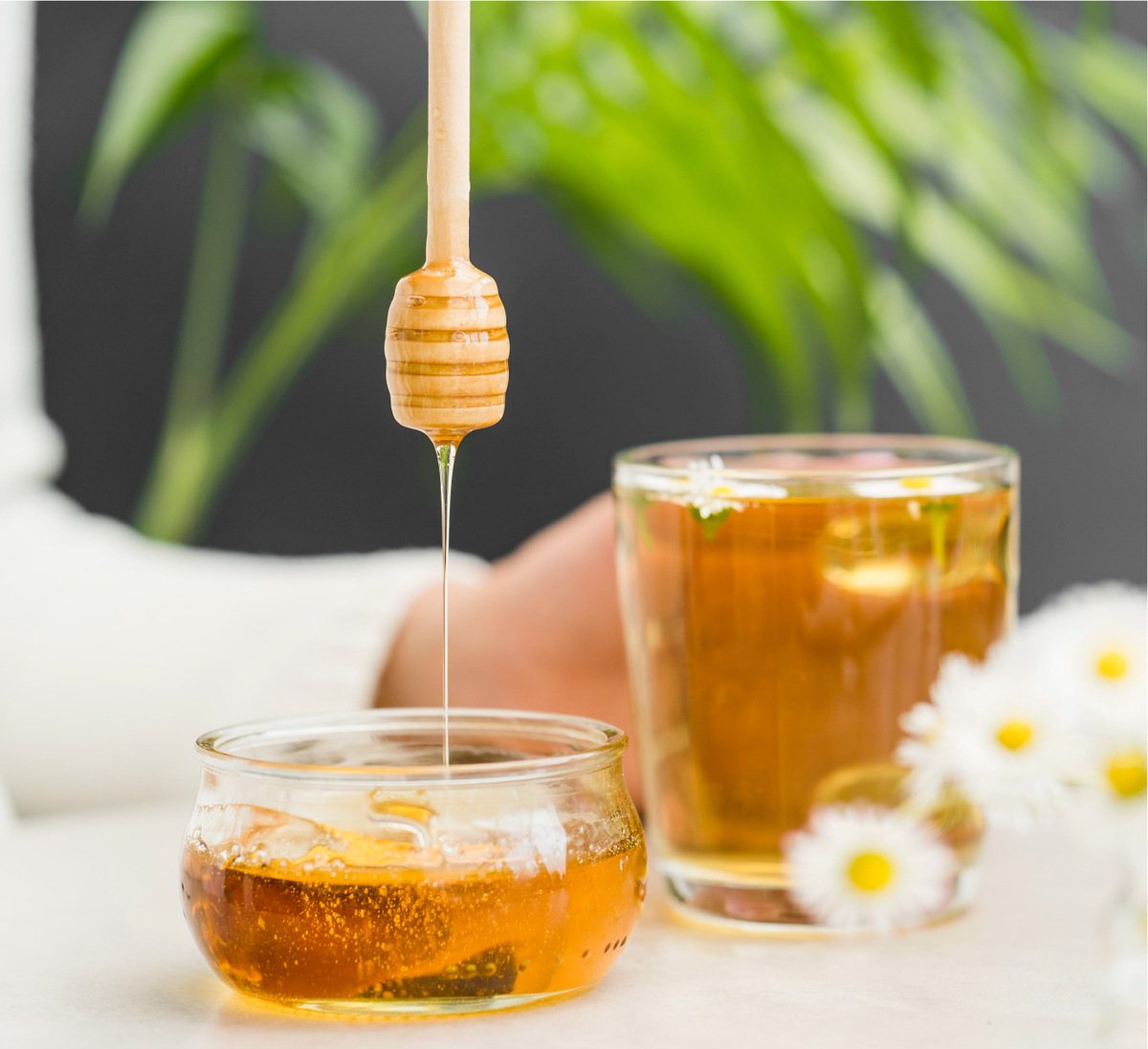


0 thoughts on “How To Store Honey Frames Until Extraction”